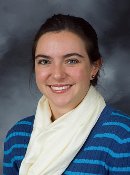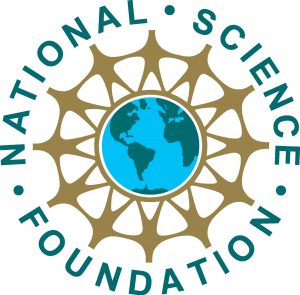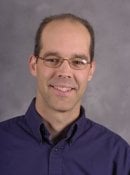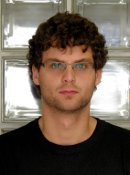A new research grant marks more than 30 years of continuous support of NSF to Professor Alex Kostinski.
new research grant marks more than 30 years of continuous support of NSF to Professor Alex Kostinski.
In the scientific community, Kostinski is well-known as a “Scientist for All Seasons” due to his somewhat nomadic interests in diverse areas of physics including fluid mechanics, atmospheric science, radar meteorology, astronomy, optics and semiconductor physics. Specifically, the results of his research have broad impacts on cloud physics resulting in highly-cited publications in Nature, Phys Rev Letts, Geophys Res Letts. etc.
Kostinski was the recipient of the 2004 Michigan Tech Research Award and has helped the department establish a well-funded research group in atmospheric physics which includes Raymond Shaw, Will Cantrell, and Claudio Mazzoleni.




